Cushman Colonial Creation No. 4-181 (chair)
tj01
16 years ago
Related Stories
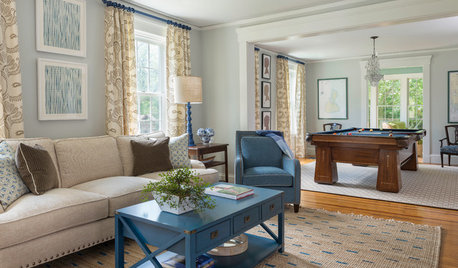
DECORATING GUIDESSwitching Up a Colonial Home to Suit a Modern Family
Floor plan labels are thrown out the window as a designer helps a family shape rooms to fit the way they live
Full Story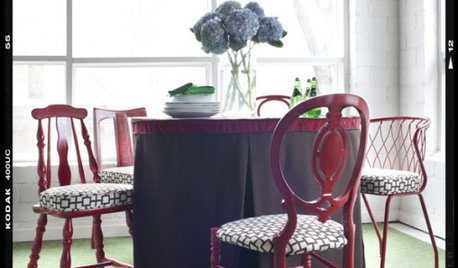
DECORATING GUIDESDIY Project: Sit Pretty with Mismatched Chairs
Create a one-of-a-kind dining set from a collection of cast-offs
Full Story
FARM YOUR YARDHello, Honey: Beekeeping Anywhere for Fun, Food and Good Deeds
We need pollinators, and they increasingly need us too. Here, why and how to be a bee friend
Full Story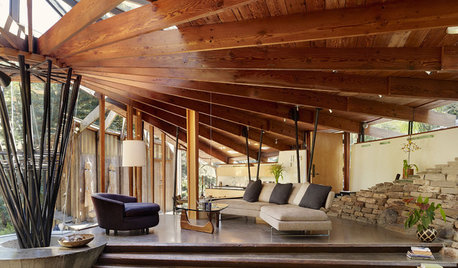
ARCHITECTUREHave It Your Way — What Makes Architecture Successful
Universal appeal doesn't exist in design. The real beauty of any home lies in individualization and imagination
Full Story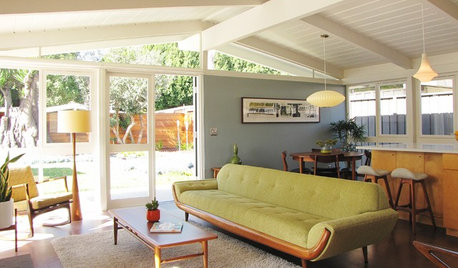
ARCHITECTURERanch House Love: Inspiration From 13 Ranch Renovations
Kick-start a ranch remodel with tips based on lovingly renovated homes done up in all kinds of styles
Full Story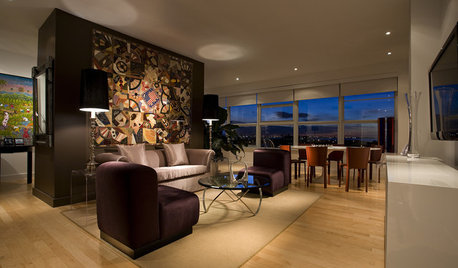
DECORATING GUIDESCelebrating the Great American Quilt
They speak of family, history and beauty. Is it any wonder quilts transcend design styles?
Full Story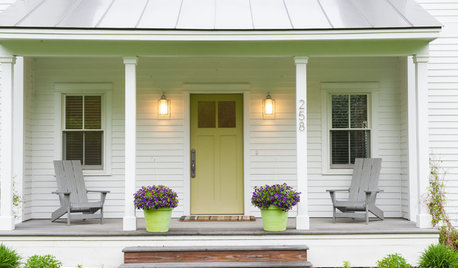
HOUZZ TOURSMy Houzz: A Prefab Modern Farmhouse Rises in Vermont
A prefab borrows from the simplicity of barns to suit its family and the Vermont countryside
Full Story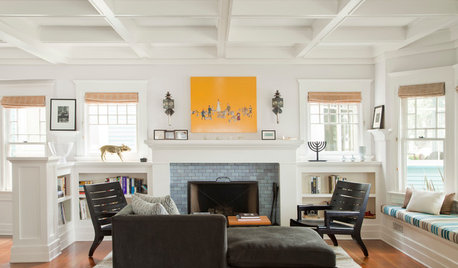
CRAFTSMAN DESIGNHouzz Tour: Bridging Past and Present in a California Craftsman
A Santa Monica bungalow says goodbye to gloominess and hello to a bright new look that mixes modern and traditional
Full Story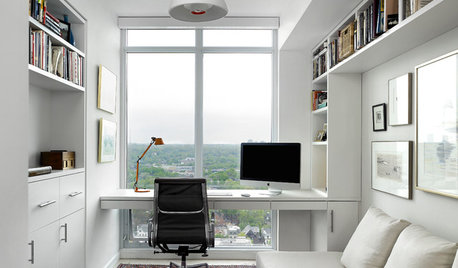
THE HARDWORKING HOMEHouzz Call: Show Us Your Hardworking Home Office
We’re looking to showcase workspaces that are well organized, tech savvy and comfortable. Share your pictures!
Full Story
GARDENING FOR BUTTERFLIESButterfly Gardening: Delight the Eyes With Living Sculptures
Surprise and thrill with a garden that attracts magical winged creatures, bringing color, movement and life
Full StoryMore Discussions






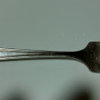
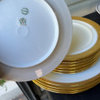


stringbeanie
jmg108
Related Professionals
Augusta Furniture & Accessories · Santa Barbara Furniture & Accessories · Tampa Furniture & Accessories · Little Egg Harbor Twp Interior Designers & Decorators · Murfreesboro Painters · Birmingham Painters · Brooklyn Park Painters · Chico Painters · East Hanover Painters · Norwell Painters · Palos Verdes Peninsula Painters · Patchogue Painters · St. Louis Furniture & Accessories · Clive Furniture & Accessories · Bowie Professional Organizersd_p_pointer_yahoo_com
ts_lawrence_comcast_net
pris
chadds_gmail_com
HU-728810758
carolb_w_fl_coastal_9b